The inescapable cyclical nature of history
Our current crisis era has sparked a renewed interest in the rhythms of the human experience
“Abraham Lincoln, observing in 1858 that America was a “house divided”, prophesied that it would remain so until “a crisis shall have been reached, and passed” - after which “this government … will become all one thing, or all the other”.
Today, as then, America is torn by a struggle between two great political tribes, each trying to reshape the new republic toward its own goals and away from its adversary’s.
Today, as then, both the rhetoric and the threat of violence against political leaders is rising.
Today, as then, few are in the mood to compromise.”
Neil Howe, The Fourth Turning is Here, 2023
This unwillingness to compromise from both sides of the ideological divide, as stated above by Neil Howe, is exactly what makes the current social mood vulnerable and ripe for a consequential confrontation in the near future.
Many writers, thinkers, such as Barbara F. Walter with her latest book How Civil Wars Start, have identified the social conditions frequently leading to civil war type conflicts.
Her warning for contemporary America is slowly starting to resonate among many.
How the present conflict resolve itself - through civil strife, complete political realignment or war - remains to be seen and the detailed ramifications of the coming decade’s events are yet to be written.
Specifics aside, William Strauss and Neil Howe’s first bestseller on the turnings of history back in the 1990’s foresaw the zeitgeist of the current era.
And it arrived right on cue in retrospect.
The Western world in general and the United States in particular are facing a crisis phase at a level not seen since the first half of the 20th century.
Political antagonism and lack of respect for the opposing side is peaking. The confidence level for legacy institutions is at its lowest in decades. The economic world order of safe globalism is in shambles. Demographic trends and population wide migration is destabilizing the fragile social order.
As anticipated by Strauss and Howe, every 80 to 90 years (or the length of a human life), societies go through what they aptly coined the winter season or the crisis phase. The fourth and last turning of historical cycles where the societal mood goes from a high to an awakening, then unraveling, to finally a crisis.
And here we stand today, roughly 80 years since the World War II era, which was itself some 80 years or so after the US Civil War. If you continue your journey even further back into history for an extra 80 to 90 years, you end up in the American Revolutionary era.
Furthermore, this trend does not even start at the end of the 18th century. If you go back further in time, you will find another crisis era that strongly reshaped the structure and institutions of society.
Even if the authors never specifically mentioned Canada, the framework also applies as its cycle also align with its neighbour: WWII (jointly with the allies), Canadian confederation (1867), Québec act (1774), Great Peace of Montréal (1701).
All critical moments where the political structure or major institutions were reshaped. The social compact renegotiated.
An interesting coincidence isn't it ? Or is it really only a coincidence.
Unless you are living under a rock, which would be surprising if you are currently reading this post, you can surely agree that the current socio-political mood bears the trademarks of a crisis that could easily spiral out of control and generate a violent upheaval that could be comparable to similar moments in our past.
The Great Depression and the World War being only the latest, as seen above.
It is in this particular context that the better part of the 2020’s has seen a renewed interest in Strauss and Howe’s generational theory.
Refer to the following piece I wrote back in 2021 to find a summary of the basics behind this framework.
Generational personalities
Back in 1997, in a time we could all agree was very different from the 2020’s in terms of social mood. As liberal democracies in the West mostly exhibited an optimistic outlook on the future of their nations, Strauss and Howe wrote the following about the future that lied ahead (i.e. our present era):
“ By the mid-2020’s, the generational archetypes will be ready for something new. The Fourth Turning (crisis phase) will be ready to expire when old Prophets weaken, Nomads tire of public urgency, and Heroes feel hubris. This occurs around the time each archetype stands on the brink of a new life phase:
- The elder Prophets (Boomers), still leading the culture while vacating institutions, now worry about a society whose new materialism they find alien.
- The mid-life Nomads (Gen-Xers), sensing that the old crusades have run their course, now plan to fortify community discipline and narrow the scope of personal choice.
- The young-adult Heroes (Millenials), energized by the success of collective action, now want to change society from the outside in.
- The child Artists (Gen-Z or Homeland), credulous youths in a world of powerful adults, learn to trust conventions and prepare for ways to help others.
By the middle 2020’s, the archetypal constellation will change, as each generation begins entering a new phase of life.”
William Strauss & Neil Howe, The Fourth Turning, 1997
How could these two authors have forecasted, with such accuracy and uncanny resemblance, the unfolding crisis era we have been living through roughly since the Great Financial Crisis of 15 years ago ?
Not to mention the expected dominant personalities manifested by the generational cohorts.
What prompted them to make such out of sync predictions of the future compared to mainstream observers and intellectuals of the 1990’s ?
After all, at the time this book was written, the economy had witnessed sustained economic growth since the turn of the decade, the stock market in America was in the middle of the dot-com bubble and the West in general was booming with some confidence since the fall of the Soviet Union block, less than a decade removed from them writing The Fourth Turning.
The culture at large was easy going and laid back even though mild forms of political correctness started to seep in. TV ratings were still topped by shows like Seinfeld for example, with its snarky humour. A form of comedy many would find offensive in today’s culture.
Republicans and Democrats still shared sufficient values to make congress and the remaining political institutions governable to some extent compared to the persistent animosity and bickering of recent years. Their worldviews, while different in some respect, was still similar enough to agree on the basic principles of American life.
In the end, not only did Strauss and Howe anticipate the current mood of society some 25 years ago. More importantly, they popularized a fascinating framework to interpret the evolution of modern societies.
By interpreting the past through the lens of generational archetypes and the aging of these cohorts through time, they knew the makeup of the contemporary adult generations would trigger a shift in the social mood, the preferred response to society wide challenges and the urgency to reshape ossified institutions.
They might have been mocked and even ridiculed by some academic historians back in the 1990’s for putting forward their generational theory and forecasting our current era of social upheaval but recent history, as it turns out, has vindicated the authors on many levels.
It is becoming harder by the day to overlook the cyclical pattern of history. The Anglo-American world has witnessed a crisis or war era every 80 or 90 years or so, going back at least to the colonial era. The succession of the four generational archetypes has followed a similar pattern, rhythm and sequence through the centuries.
Nations and countries like Canada, France, Britain, with close economic, political and cultural ties to the United States have very close cycles to one another.
Every generational archetype as described by Neil Howe seem to be playing out their « game plan » once again.
Boomers (or the prophet archetype) are pushing the utopian vision constructed as young adults to the forefront of the political discourse and are still holding lead roles in the never ending culture war.
Like the Prophets of past eras.
Gen-Xers (or the nomad archetype) are still the self-reliant, pragmatic, individualist but moderate cohort stuck between two more radical generations. The older one laying out the societal tone and the younger one mobilized to put into action these values.
Xers, in classic nomad archetype fashion, are keen to call out everything that’s gone wrong with society but not really inclined to participate actively to do anything about it.
Like the Nomads of past eras.
Millenials (or the Hero archetype) are community oriented as expected by the framework. Team players motivated to reshape our outer world and built new institutions adapted to the new values regime born in the 1960-70’s with the cultural upheaval spirited by the Boomers.
Like Heroes of past eras.
The following chart is an excerpt from The Fourth Turning is Here laying out the fundamental characteristics of each generational archetype.
Notice how each generation in history aligns with one of the four archetypes in a sequence. For example, the last generation similar to present-day Boomers (prophets) were the Missionary generation. Raised in the post civil war era, they were the young adults that championed the progressive ideas permeating the beginning of the 20th century: from the temperance movement to women’s voting rights.
Social science theories are tricky for the obvious reasons. We’re dealing with human nature and few people feel comfortable in disposing so easily of their perceived free will. When historians point to patterned cycles in history, such as Neil Howe’s Fourth Turning framework, most will outright reject the idea even before digging deeper in this interpretation of history.
How can there be predictability in the course of history ? Significant events will arise chaotically, won’t they ?
This line of questioning perfectly exemplifies the lack of understanding of generational theory. While important human events like wars, pandemics, new technologies and the like do arise randomly, it is the social mood of each phase of the cycle and the constellation of generational archetypes, meaning their position in the different age brackets, that predicts the reaction to the events.
Funny how doomsday pieces about the end of civilization seems to get more traction and credibility than a well researched social theory that is ultimately more optimistic and grounded in reality. After all, it’s difficult to factually contradict these modern cycles or pendulum swings if you will between war and peace, spiritual awakenings and civic institution building, over protection of children and underprotection, collective conformity and individual spirit, etc.
Historical records and cultural outputs like books, movies, music are there to be studied. By pulling multiple examples from all aspects of life, Howe makes a strong case and argument in demonstrating the validity of his generational theory.
#TheFourthTurning is all over social media; either to point out how the contemporary social mood confirms the theory or to totally discredit the historical framework all together and even ridicule the model.
There just seems to be no middle ground in discussing Strauss & Howe’s core arguments. Thinkers and writers either embrace it or consider it pseudoscience.
That being said, I have yet seen an articulated and well documented rebuttal of this theory. Of course, it does not perfectly explain all the imperfections and idiosyncrasies of human affairs nor should it be able to. But in the end, it’s still a valuable framework to analyze the striking seasonality, at almost clockwork, of modern societies.
If you want to familiarize yourselves with Neil Howe’s work, I suggest you start directly with his latest 2023 book as the first section offers a perfect resume of the theory before diving into the outlook of what lies ahead of us in the current crisis and beyond, into the next High.
Thus, no need to go back to his 1997 best-seller unless you are particularly interested and want to dig deeper in the subject.
Until next time, I invite readers to observe a little more closely social tendencies around them through this framework of historical turnings and generational archetypes.
While it does not explain everything as already stated, it still remains a useful social and historical framework.





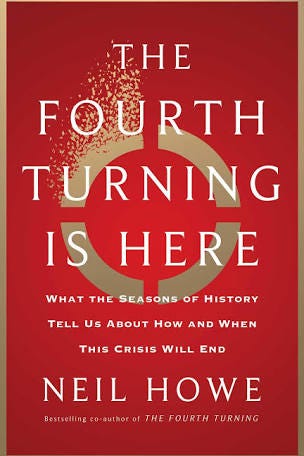
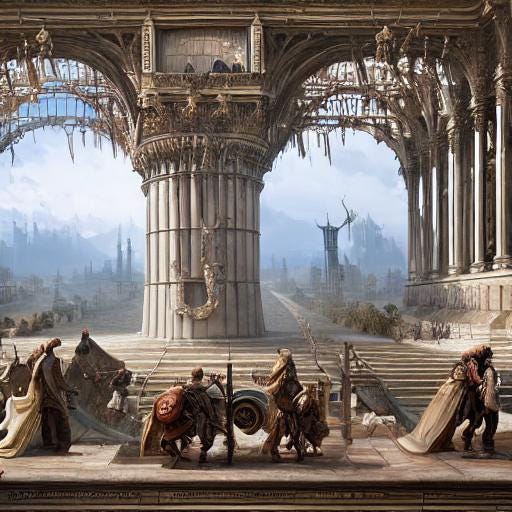

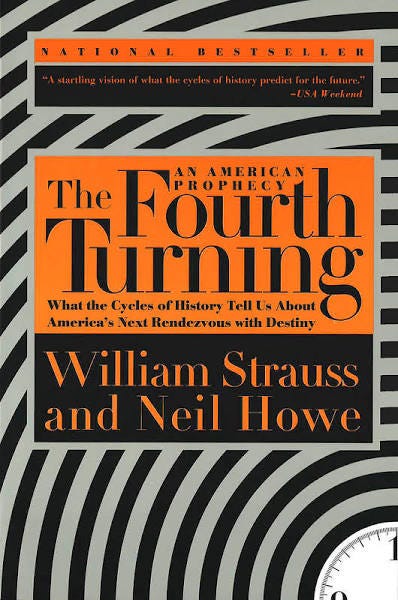
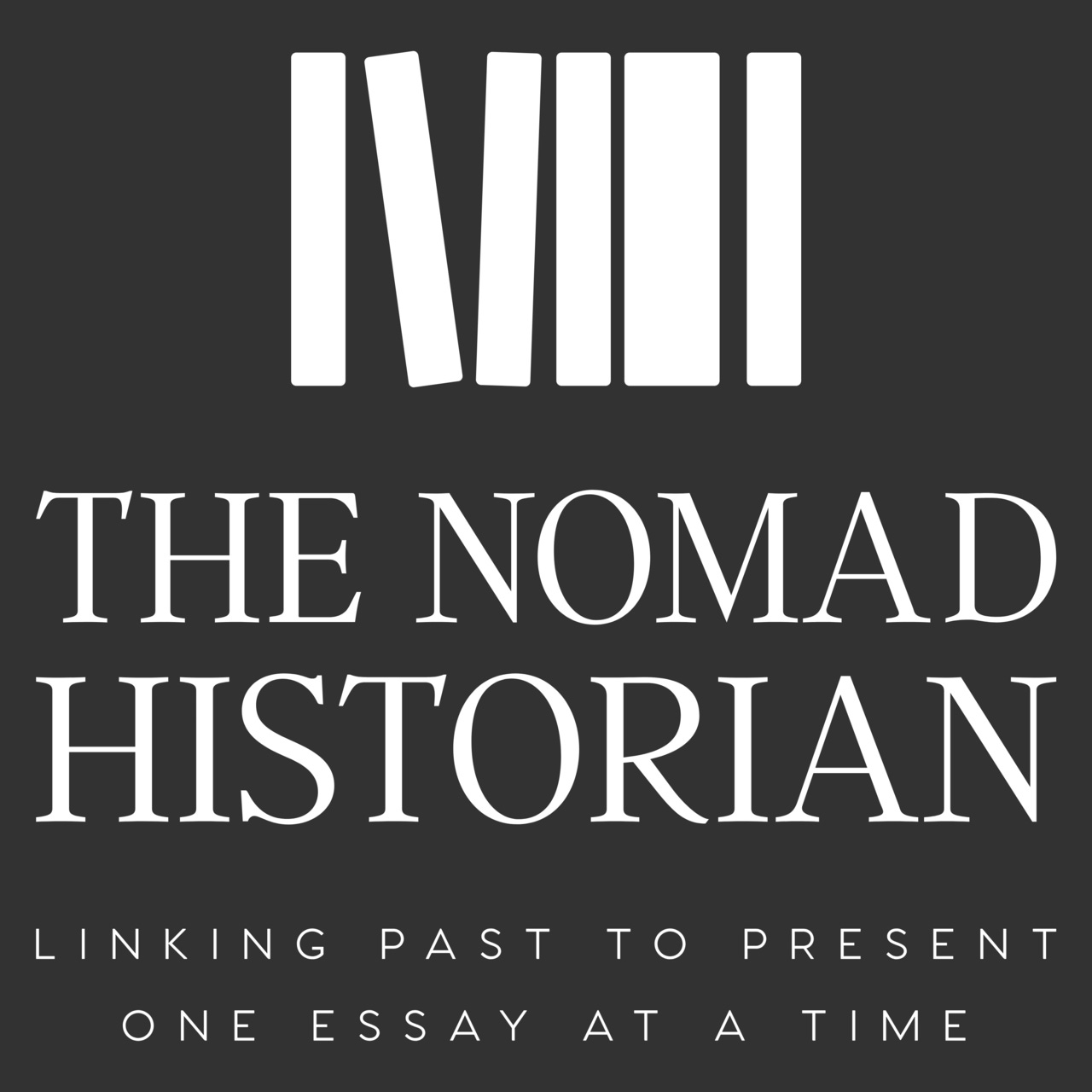
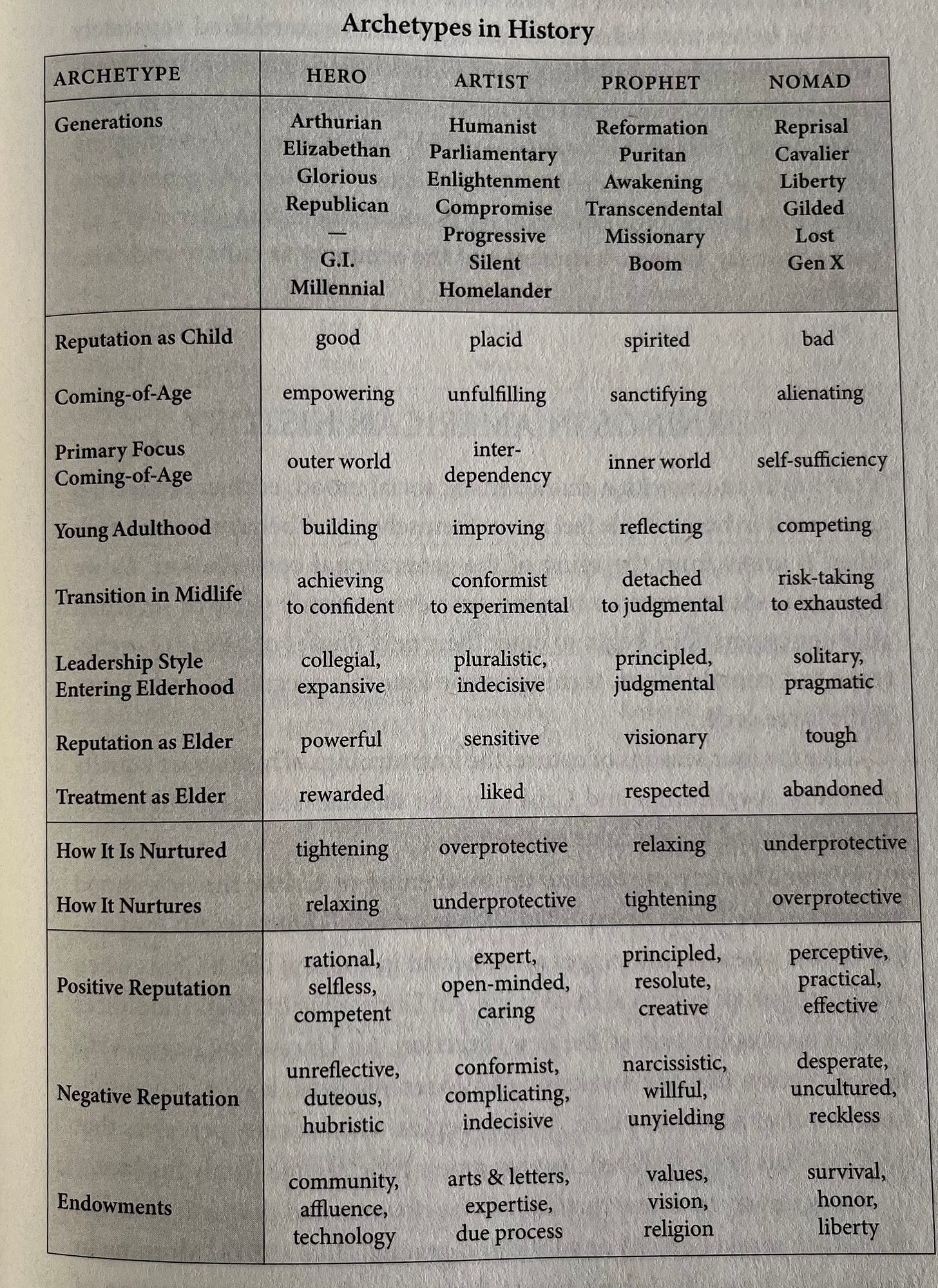

Some podcasters like Tim Pool, Joe Rogan have discussed this theory. Interestingly, the Bible explains that it usually takes 3 generations for a people to forget or leave the faith of their fathers and grandparents. Depending on which generation span you use - 25 or 40 years - the approximate time line works out similarly.
“The little apocalypse repeats...”